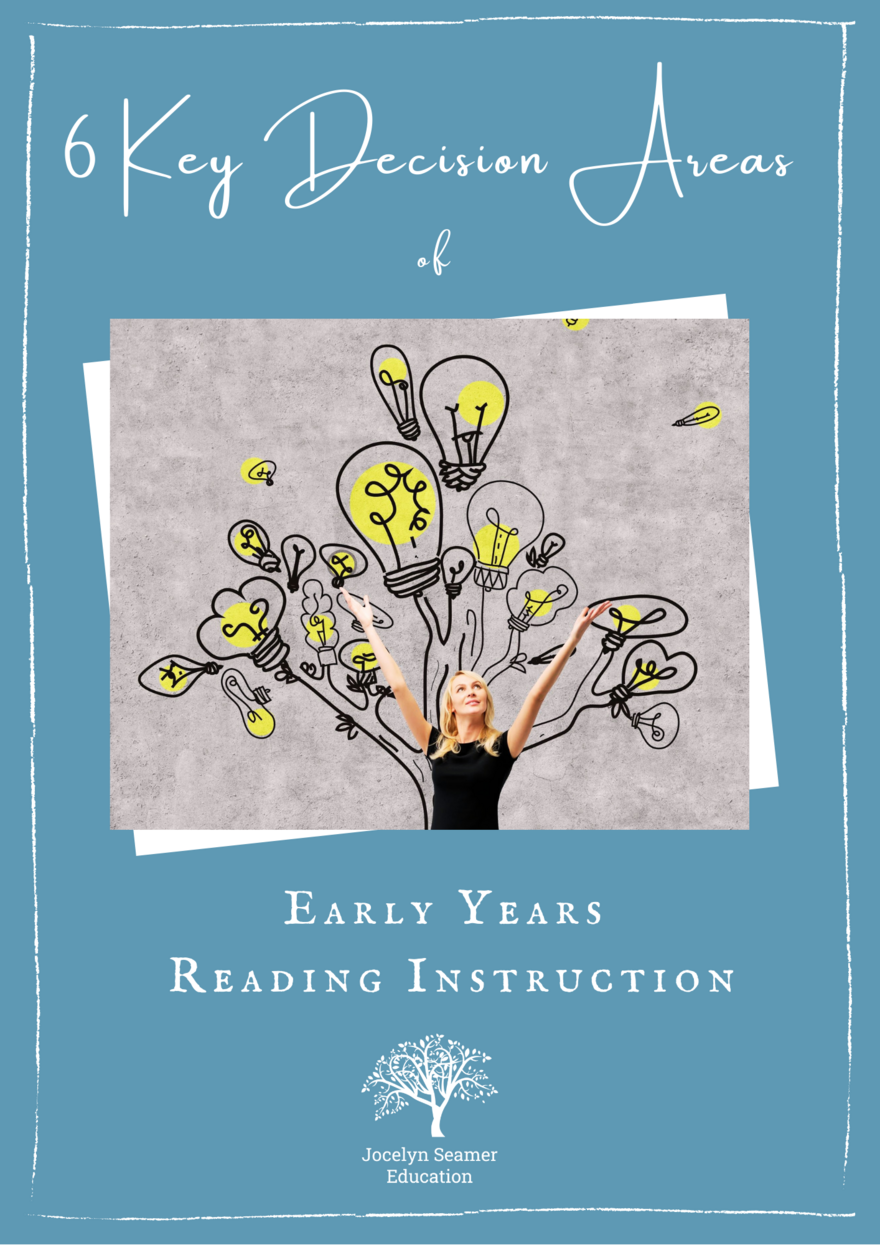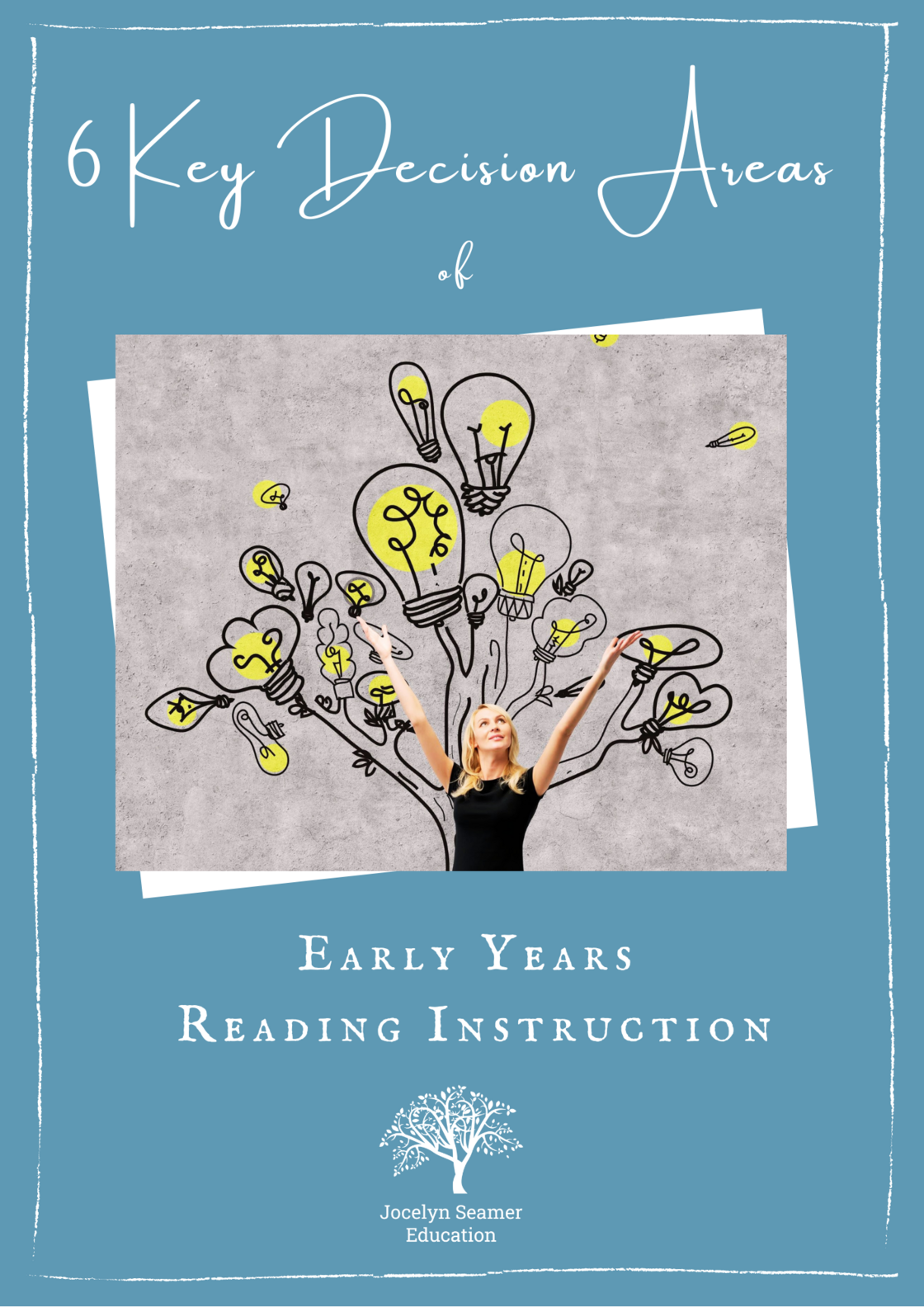Decisions that Define Our Practice

We teachers make literally hundreds of decisions each day about a great many things. When it comes to reading instruction, there's a very real chance that we are using methods, resources and techniques without having given them a great deal of thought. This doesn't happen because we are 'thoughtless' in our work, but because in our complicated professions, there is always an element of 'doing what we have always done'. Now, let's be clear. There are no perfect decisions, but there are often better ones we can be making.

This week I would like to share a downloadable, free guide to help you ask the important questions that help shape literacy instruction. I warn you, the guide doesn't contain all the answers to the questions. That would be impossible. Each class of children, each school, each context is different and there is truly no, single, one size fits all way to answer every question for you. That doesn't mean that there isn't an approach to teaching reading that is backed by a great deal of research and evidence. There is! But how we implement those findings may well look slightly different in different schools, based on a whole range of factors.
The 6 Key Decision Areas of Early Years Reading Instruction contains 7 areas for you to consider.
Start with a reflection to help you articulate what is important to you as a teacher. Where is your comfort zone? What kind of instruction do you believe is most suitable for students? How closely aligned are your values with that of your school?
Next, we dive into the big 6 of reading instruction
Oral Language - how will you create an environment rich in language learning?
Phonological and phonemic awareness - how will you assess, teach and monitor these critical skills?
Phonics - How will you provide the opportunity for all students to learn synthetic phonics systematically and explicitly?
Vocabulary - How will you create a strong environment for vocabulary learning?
Fluency - How will you create the optimal conditions in which fluency can develop?
Comprehension - How will you support and create the conditions for reading comprehension?
The guide contains over 65 questions to help you gain clarity either on your own, or with your team.

To download the guide, simply pop your details in below.

 Jocelyn Seamer Education
Jocelyn Seamer Education
6 comments
Thanks
helpful
Thank you
Thank you
Great document Jocelyn - thought provoking questions!
Well done, Jocelyn
Leave a comment